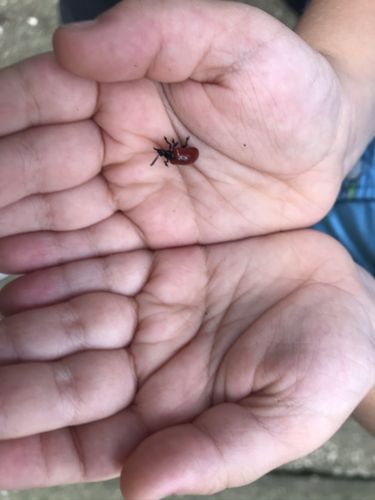Weevil (General)
Scientific Name: Curculionidae (family)
Order & Family: Order: Coleoptera, Family: Curculionidae
Size: Typically small, ranging from 1 mm to 60 mm (0.04 to 2.4 inches), with most common species being a few millimeters in length.

Natural Habitat
Highly varied depending on the specific species, but generally found in terrestrial environments, often associated with plants, agricultural fields, gardens, forests, and sometimes stored products.
Diet & Feeding
Mostly herbivorous, feeding on various plant parts including leaves, stems, roots, fruits, seeds, and buds. Some species are highly specialized to a single plant host, while others are generalists.
Behavior Patterns
Weevils are characterized by their distinctive elongated snouts (rostrum) at the end of which their mouthparts are located. Females often use this snout to bore holes into plants to lay eggs. Larvae, which are typically legless grubs, develop inside plant tissues or in the soil, feeding on plant material. Adult weevils are generally slow-moving, and many species will feign death (thanatosis) when disturbed.
Risks & Benefits
Risks: Many species are significant agricultural pests, causing damage to crops, trees, and stored grains, leading to economic losses. Benefits: Some weevils are used as biological control agents to manage invasive weeds. They also play a role in decomposition and nutrient cycling within ecosystems.
Identified on: 9/6/2025